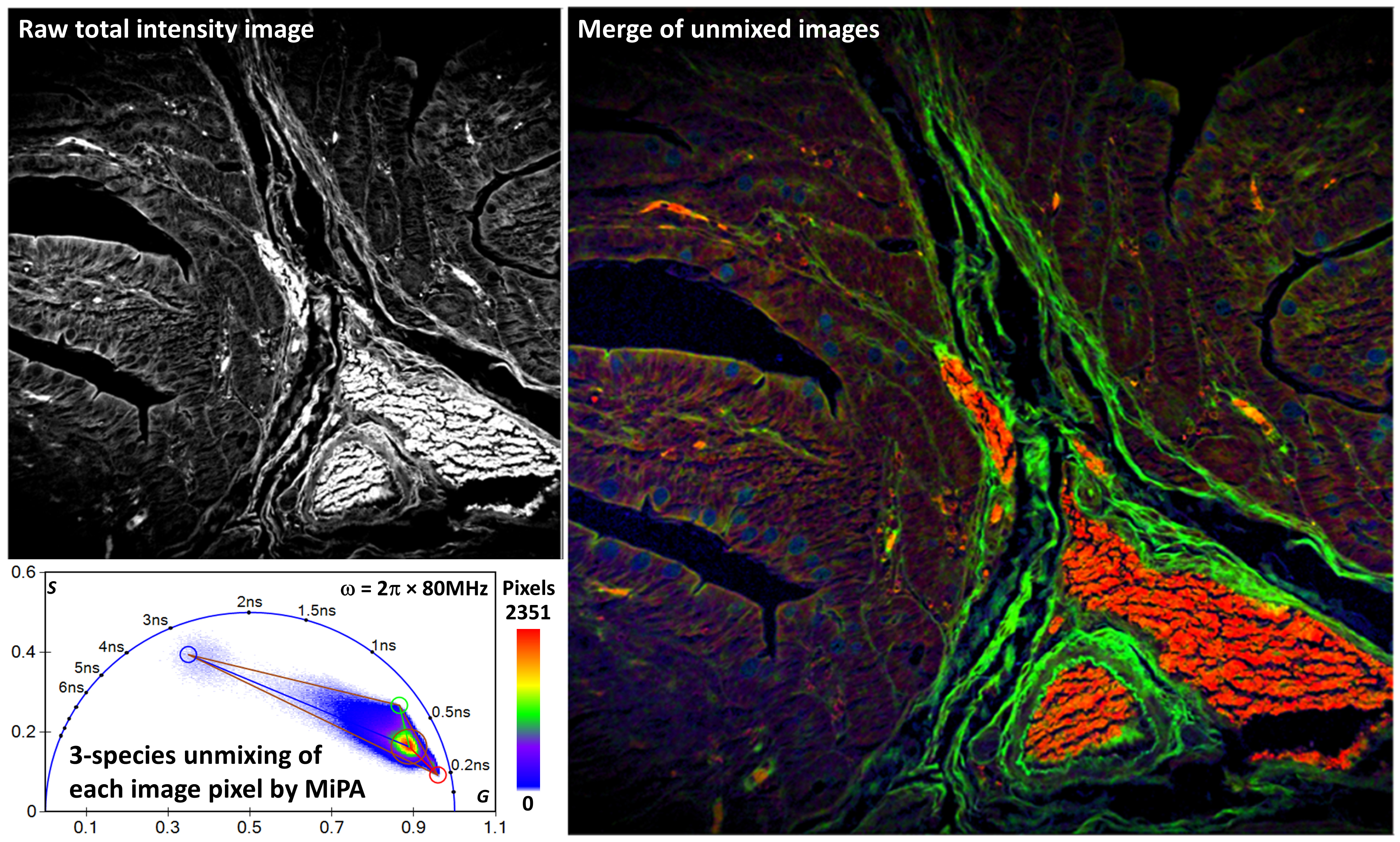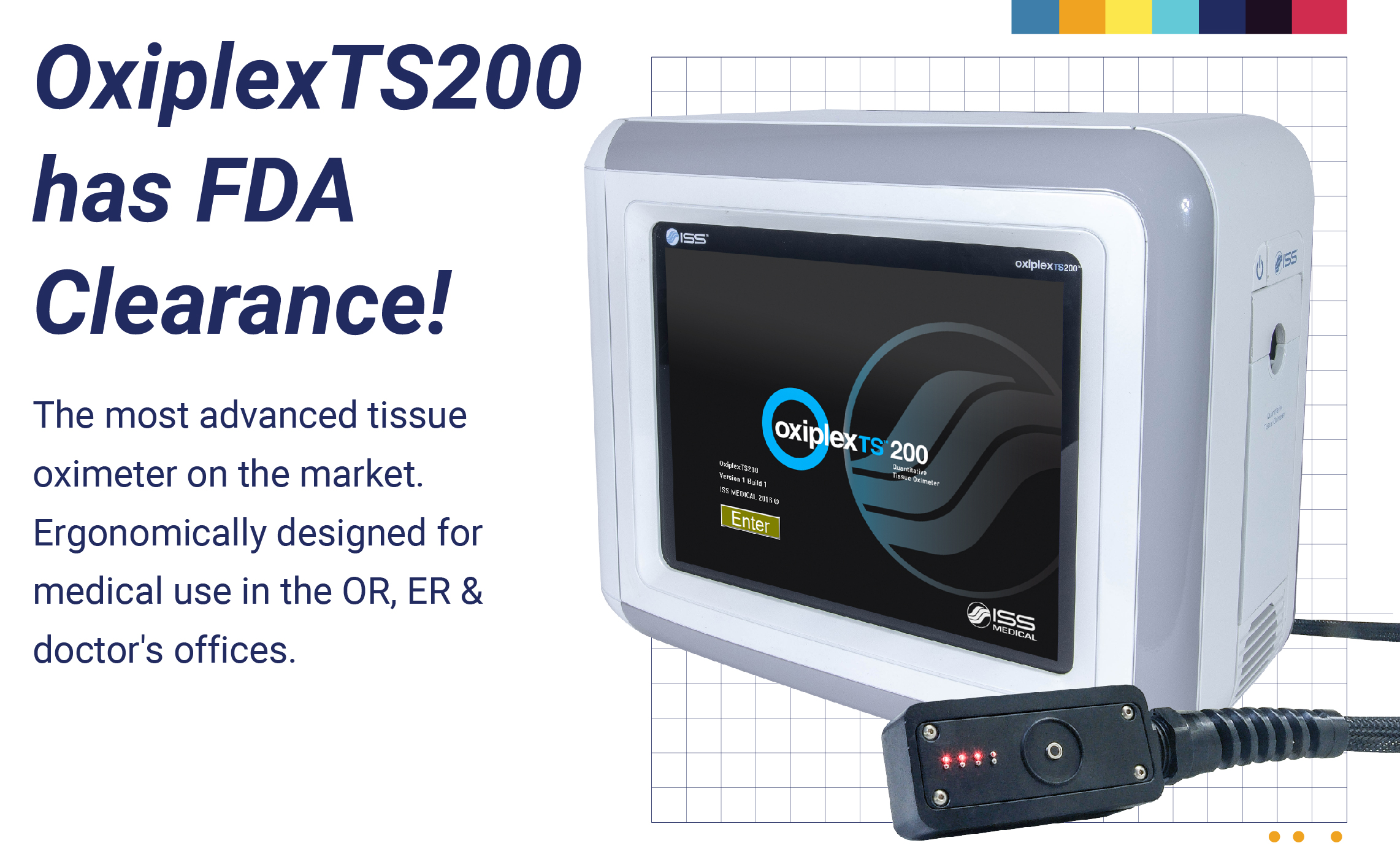NEWS
Phase I SBIR Grant for Non-Invasive Study of Functional Brain Activity
Champaign, Illinois - September 12, 1999 - ISS, Inc. has been awarded by the National Institute of Neurological Disorders and Stroke (an affiliate of the National Institutes of Health) a Phase I SBIR grant aimed at developing an instrument for the noninvasive study of functional brain activity.
This instrument will use near infrared light to localize an activated brain area within a few millimeters and to reconstruct a functional map of the brain. What are the practical applications of this device? Let us suppose that a person, because of a car accident, suffers brain injuries resulting in the temporary loss of control of the left hand. The physician can localize the damaged area using a functional Magnetic Resonance Imaging (fMRI) machine. This instrumentation is quite expensive and requires a team of welltrained people to operate. Besides, the patient is required to stand still during the test for about 20-30 minutes - a difficult proposition when dealing with children, for instance.
ISS' goal is to develop an instrument which would be easy to use and fairly inexpensive. The instrument could enable the physician and the health operator in any trauma center to perform preliminary tests on a patient. The instrument could even replace some of the tests presently done with the fMRI, thus saving time and reducing the overall health care cost. The brain imaging can be repeated as many times as required. In fact, the level of irradiation does not pose any harm and danger to the patient as the instrument utilizes infrared laser light sources emitting only a few milliwatts.
The new instrument will utilize the basic technology developed for the Oximeter. Light at a near infrared wavelength and intensity-modulated at about 100 MHz is carried to the head by fiber optic cables. As many as 32 light distinct fiber optics will be present on the probe at different distances from each detector, in order to provide a 3D localization of the area where the brain activity occurs. During Phase I of this project, a prototype will be assembled by modifying two Oximeters developed by ISS. Two optical probes will be fabricated, as well as the circuitry for control of 32 light sources. The 3D capability of the instrument will be tested on preliminary tests acquired on human volunteers at the University of Illinois, where the technique was originally proposed and developed by the scientists of the Laboratory for Fluorescence Dynamics under the guidance of Prof. Enrico Gratton.



